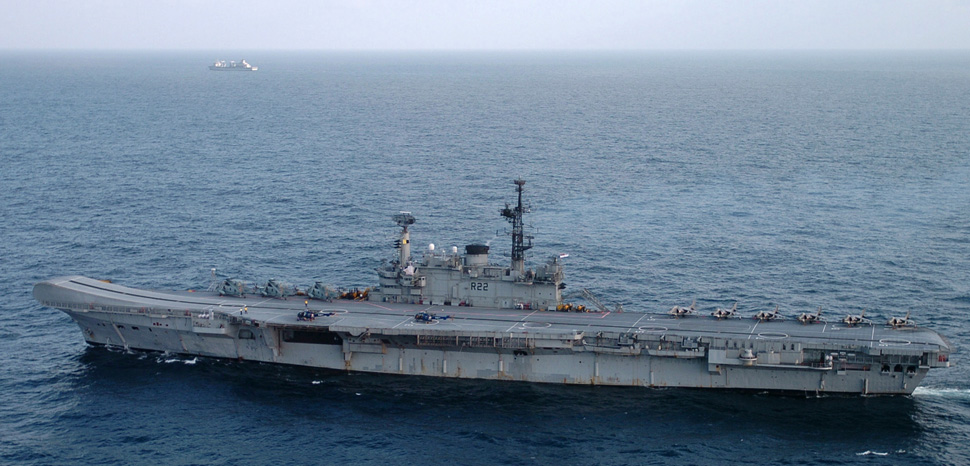Summary
India and China have once again seen clashes along their long Himalayan border, known as the Line of Actual Control (LAC). The two powers are involved in longstanding disputes concerning several areas, most notably the Chinese-controlled Aksai Chin to the west and the India-administered Arunachal Pradesh to the east; both of which hold a deep strategic significance. Aksai Chin connects China’s autonomous regions of Tibet and Xinjiang, both of which Beijing considers buffer zones and ‘extensions’ toward Central Asia, and both are home to separatist movements. Arunachal Pradesh on the other hand is a one of the seven states linked to the rest of India by a narrow strip of territory colloquially called the ‘chicken neck.’ These two Asian giants have been upgrading their armed forces in recent years, and even though a large-scale war remains a remote possibility, an escalation is not to be excluded.




